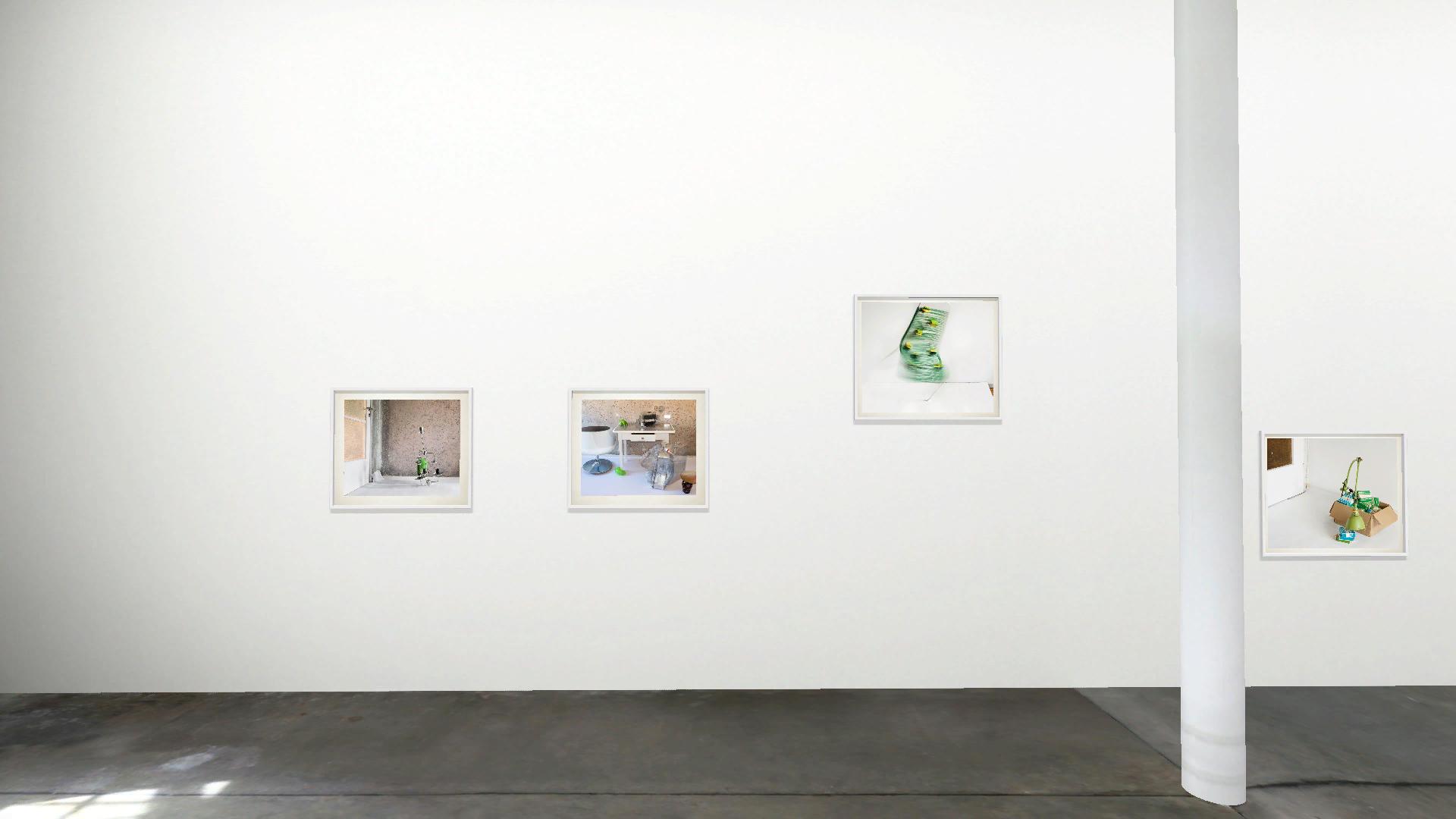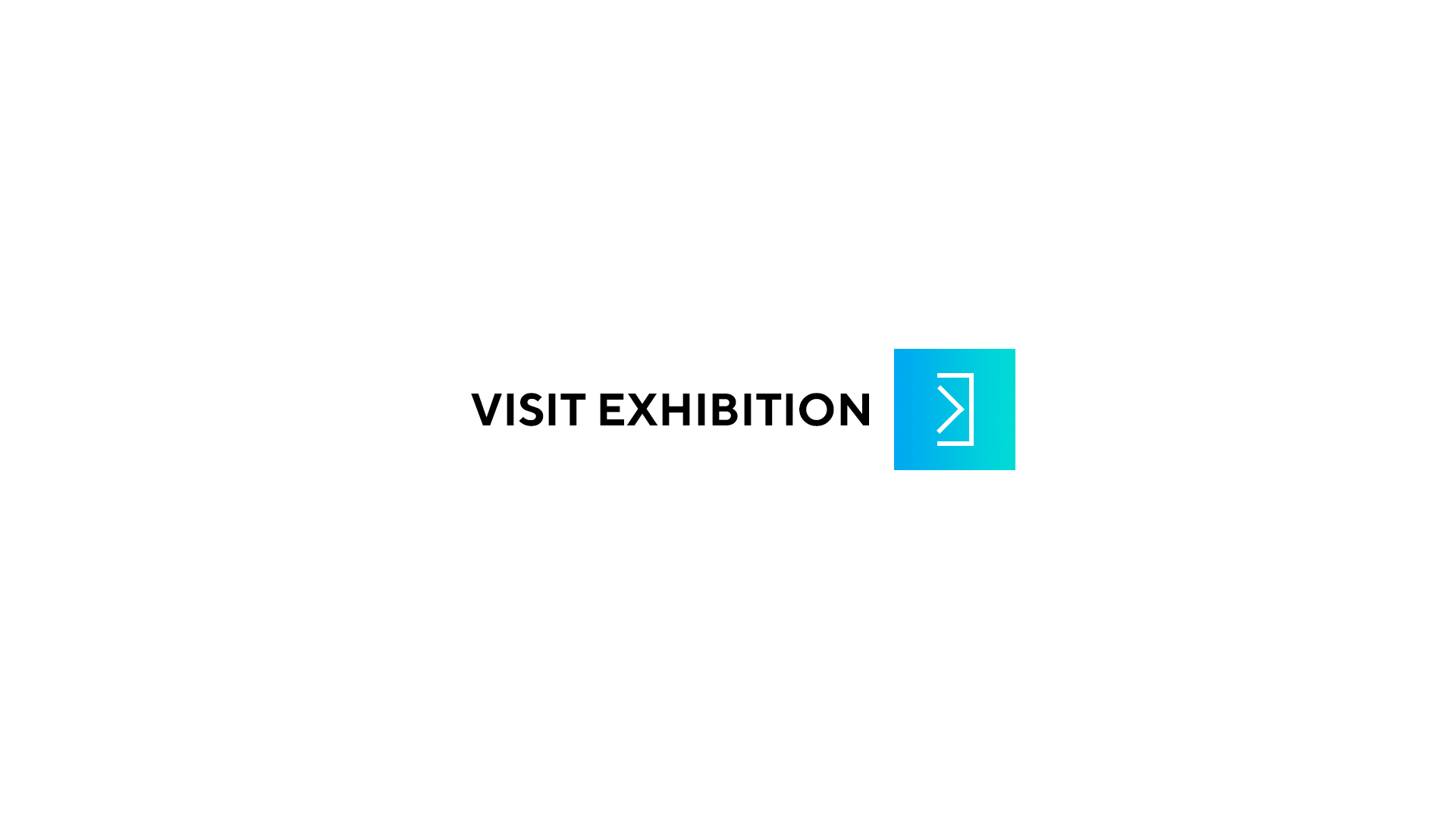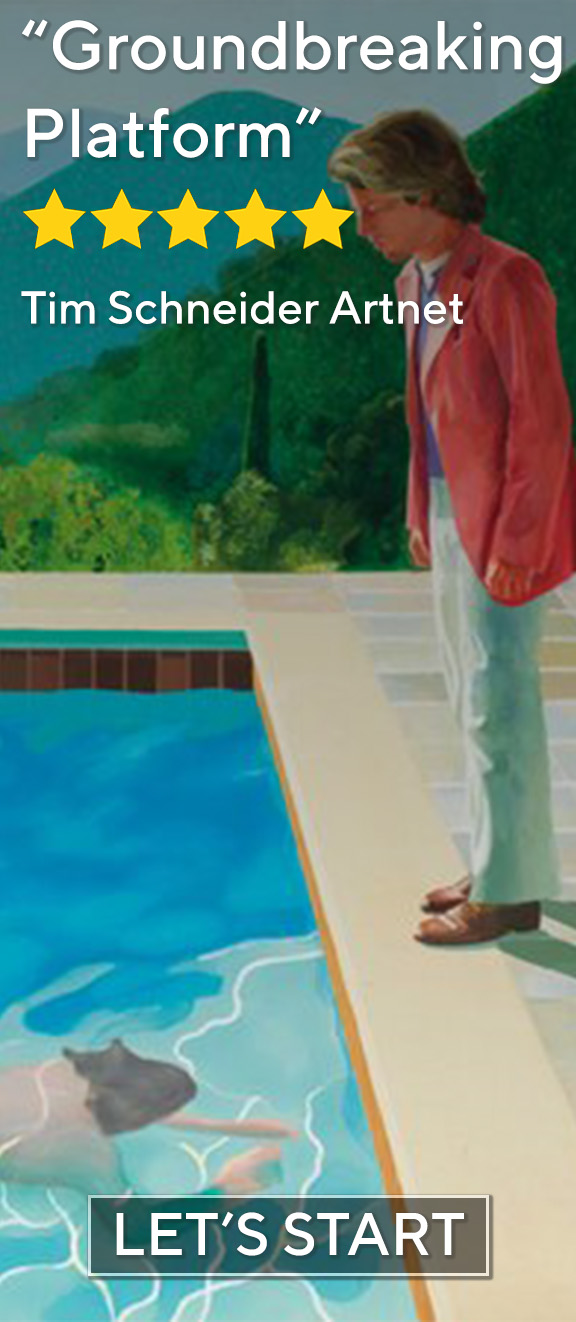

Loading...


What would things do if they were freed from being at hand for us, the hu... more >> Kerstin Flake’s photographic series Shaking Surfaces (2018–2021) assembles media relicts from the analogue era that appear to set themselves in motion, redefining themselves. As well as consciously playing with our expectations, Flake is concerned with the transitions between the past and present, with the disappearance and shifting of perspectives and meaning.
What would things do if they were freed from being at hand for us, the human actors?
What poses and situations would they choose to be photographed in, if one of them were a camera?
This could be one way of interpreting the setting of Shaking Surfaces – by carefully removing the traces of her intervention, the artist presents us with the seductive illusion of witnessing a spectacle that is not actually performed for us – or is it?
Florian Ebner established a proximity to the “artistic reception of the spirit photography of the late 19th century” in Kerstin Flake’s productions (1). The purpose of this historical form of photography was to capture images of ghosts and thus provide visual evidence of supernatural phenomena, but its proponents came under suspicion of charlatanry. For those who do not believe in ghosts, or doubt the conclusiveness of photography, the question of deciphering a fake is almost certain to arise. How did she do it?
– Amazement, followed by curiosity, is a significant aspect of our fascination with Flake’s anarchic pictorial inventions, which play with the visual effects of snapshots and long exposures. But the protagonists themselves are also worthy of our attention. Among the objects depicted in Shaking Surfaces, which are stacked on top of one another in daring “Equilibres”(2) in front of a raw concrete wall in a prefabricated apartment building, or even seem to automatically set themselves in motion, we recognise several relics from the analogue age: for example an ‘antique’ 35mm camera balancing on a balloon, a buzzing Super-8 camera on a Resopal table from the 1950s, sheet film cassettes from a large format camera in a pas de deux with a black glass ceramic vase from the GDR era. Are they the ancestors of a prehistoric media age, rehearsing an act of rebellion against their extinction? Or are they called upon to guarantee that we are looking at photographs that belong to the paradigm of the analogue(3), and not the fabrications of sophisticated post-production?
The media and modernist references inherent in the choice of location and protagonists show that the humour of Flake’s productions is anything but superficial. They (the productions) are an impressive testament to the “photographic life of things” of which the photo historian Michel Frizot speaks (4). Although Frizot’s theory refers to the classical recording of objects, is it not the free play of things that puts this dimension into practice in a particularly striking way?
Susanne Holschbach
(1) Florian Ebner: Aufruhr im Interieur, in: Kerstin Flake. Turbulenzen, Lubok Verlag, Leipzig 2009, pp. 5-7. Ebner refers to works by Johanes Brus, Sigmar Polke and the work of Bernhard and Anna Blume.
(2) The artist duo Fischli/Weiss used this term to describe a series of photographs showing fragile temporary assemblages. (From the series Stiller Nachmittag, 1984/85).
(3) Regardless of the fact that the stagings were photographed with a digital camera, and that two shots have already been put together
(4) Michel Frizot: Das fotografischen Leben der Dinge, in: Seelig, Thomas (ed.): Im Rausch der Dinge. Vom funktionalen Objekt zum Fetisch in Fotografien des 20. Jahrhunderts, Steidl Verlag, Göttingen 2004.







